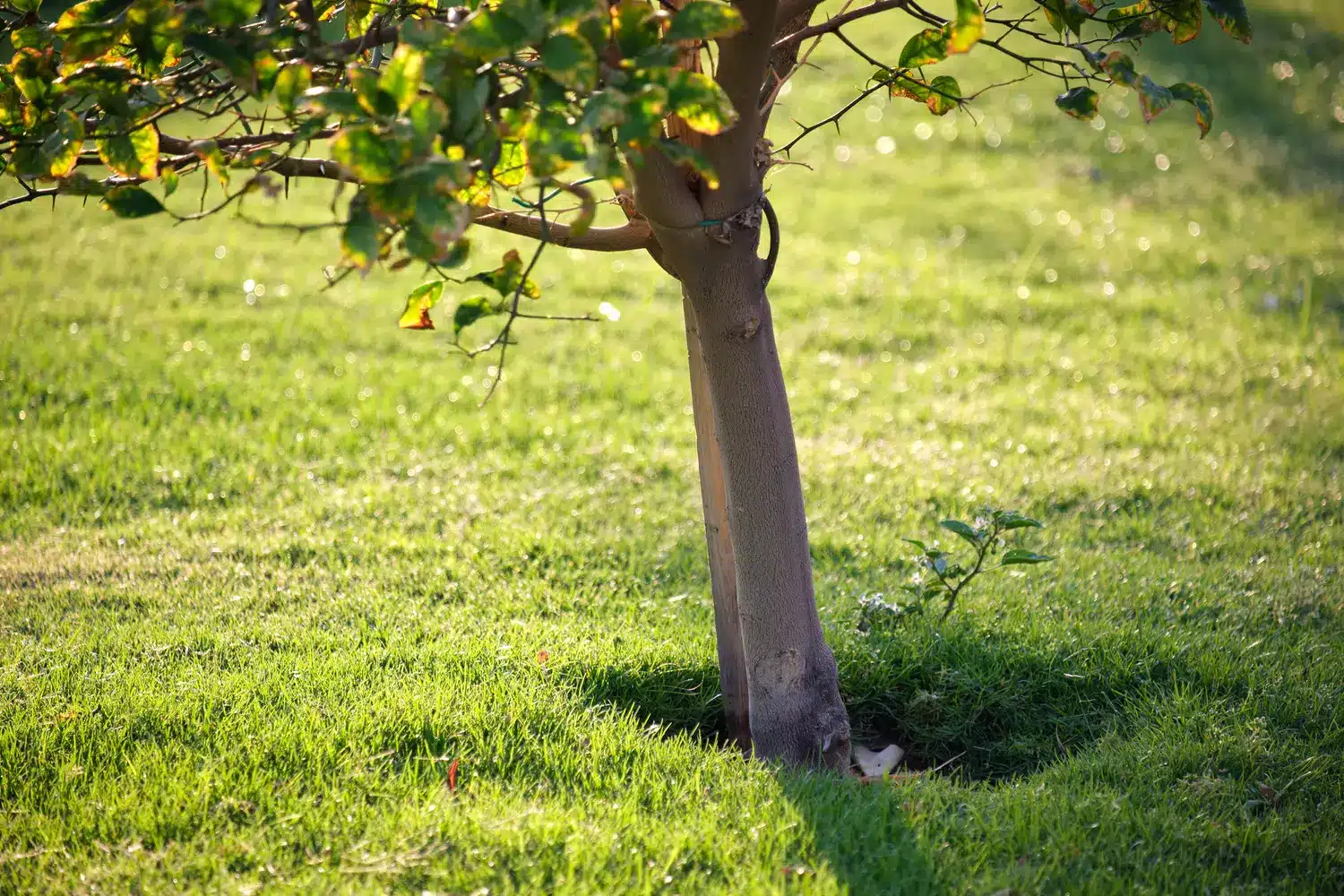While apple orchards dominate autumn landscapes and cherry trees capture springtime attention, one remarkable fruit tree remains surprisingly overlooked in modern gardens. The quince tree offers exceptional rewards for gardeners seeking something beyond ordinary fruit varieties. This ancient cultivar combines stunning seasonal beauty with practical harvesting benefits, making it an ideal addition to contemporary garden spaces.
Why quince trees outshine popular fruit varieties
Unlike the mainstream appeal of apples and pears, quince trees provide unique advantages that many gardeners never discover. These hardy specimens adapt to challenging growing conditions where other fruit trees struggle. Cold resistance makes them suitable for regions experiencing harsh winters, while their moderate growth pattern fits perfectly into smaller garden spaces.
The tree’s springtime display rivals any ornamental flowering variety. Large white blossoms with delicate pink undertones create spectacular visual impact before transitioning into productive fruiting phases. This dual-purpose nature eliminates the need to choose between aesthetic appeal and practical harvest benefits.
Modern gardeners often overlook quinces because their golden fruits require cooking rather than fresh consumption. However, this characteristic opens culinary possibilities unavailable with standard orchard fruits. The intense fragrance and firm texture transform into exceptional preserves, jellies, and traditional confections that store well throughout winter months.
When planning garden layouts alongside companion plants for apple trees, quinces offer complementary growing requirements without competing for identical soil nutrients. Their independent nature reduces maintenance demands while providing reliable autumn harvests year after year.
Essential planting and care techniques for success
Successful quince cultivation begins with proper timing and location selection. Autumn planting allows root establishment before winter dormancy, while early spring installation works equally well in most climate zones. Well-drained soil prevents root rot issues that plague many fruit trees in waterlogged conditions.
Sunlight exposure significantly impacts both flowering quality and fruit development. Full sun positions maximize blooming potential while ensuring proper fruit ripening before frost arrives. Unlike more demanding orchard trees, quinces tolerate various soil types without requiring extensive amendments or specialized feeding programs.
Initial establishment requires consistent watering during the first growing seasons. Once root systems develop fully, mature trees become remarkably drought-tolerant. This independence makes them valuable assets in gardens where irrigation access remains limited or inconsistent.
The following maintenance schedule ensures optimal performance :
- Light pruning during dormant seasons to improve air circulation
- Harvest timing before first hard frost to prevent fruit damage
- Disease-resistant variety selection to minimize treatment needs
- Proper spacing to accommodate mature canopy spread
Garden integration works particularly well when considering natural pest deterrents. While some gardeners worry about wildlife damage, particularly wondering do deer eat roses, quinces rarely attract the same browsing pressure as sweeter fruit varieties.
Maximizing harvest potential and fruit utilization
Quince harvesting requires different timing considerations compared to familiar orchard fruits. September through November provides optimal picking windows, depending on regional growing conditions and specific variety characteristics. Proper harvest timing ensures maximum flavor development and storage longevity.
Unlike seasonal berries that require immediate processing—such as understanding when is the season for blueberries—quinces maintain their quality for extended periods when stored correctly. Indoor storage allows continued fragrance development while protecting fruits from temperature fluctuations.
The transformation from raw fruit to culinary treasures showcases quince versatility. Traditional European recipes celebrate their unique properties through time-tested preservation methods. Membrillo and cotognata represent just two examples of how different cultures have maximized quince potential throughout history.
Processing techniques vary significantly from other autumn fruits. The dense flesh requires cooking to develop edible texture and release natural sweetness. This characteristic actually provides advantages for long-term storage and seasonal meal planning throughout winter months.
Contemporary gardeners appreciate crops that complement diverse growing systems. While some focus on tropical additions like learning do banana trees like coffee grounds, quinces offer temperate climate reliability that tropical species cannot match.
Integrating quinces into modern garden landscapes
Modern landscape design increasingly values multifunctional plantings that serve both aesthetic and practical purposes. Quince trees excel in this dual role through distinctive seasonal transitions and productive capabilities. Their moderate size accommodates contemporary property limitations while delivering substantial harvests.
Companion planting strategies enhance overall garden productivity when quinces anchor mixed fruit plantings. Their early blooming period supports beneficial insect populations before other species begin flowering. This ecological contribution extends beyond simple fruit production into broader garden health considerations.
Seasonal interest peaks during spring flowering and autumn fruiting phases, but attractive bark and branching patterns provide year-round visual appeal. This extended ornamental value justifies space allocation in gardens where every planting must earn its position through multiple benefits.
Heritage variety preservation represents another compelling reason for modern quince cultivation. Many traditional cultivars face extinction without continued home garden growing. Supporting these genetic resources helps maintain biodiversity while connecting contemporary gardeners with agricultural history.
The learning curve for quince appreciation parallels other specialty fruits. Just as gardeners discover techniques for how to eat a Hachiya persimmon, understanding quince potential requires patience and experimentation with traditional preparation methods that transform this remarkable autumn treasure into culinary gold.









